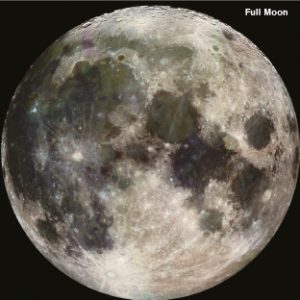Size of the Moon
Size of the Moon
The Moon has a diameter of 3,476km (2,159 miles) which is about a quarter of the size of the Earth. The volume of the Moon is about 49 times less than Earth, which means you could fit 49 Moons inside the Earth.
Speed
The Moon orbits the Earth at a speed of 3,683km/h (2,288mph). In one complete orbit around the Earth it travels 2,290,000 km (1,423,000 miles).
Atmosphere
There is no air on the Moon as its gravity is too weak to have an atmosphere and because of this the sky always appears black. Sound travels through air, so as the Moon has no air, it is always silent. With no atmosphere to trap heat, the Moon’s temperature varies from very hot 123°C (253°F) to very cold -233°C (-387°F).
Tides
On Earth our oceans have tides and these occur because of the gravitational pull between the Earth and the Moon. The highest or Spring Tides occur during a Full or New Moon. The lowest or Neap Tides occur at the Quarter Moons.
The Far Side
From Earth we always see the same side of the Moon. This is because, as the Moon rotates around the Earth, it also rotates around its own axis at the same rate. The side that we do not see is called the Far Side or Dark Side of the Moon. It has more craters than the front of the Moon and does not have as many maria. The Far Side was first photographed by the Soviet spacecraft Luna 3.
Moon Light
The Moon does not make its own light but reflects the light from the Sun. When we see the Moon lit up in the sky it is actually the light from the Sun hitting the Moon and bouncing back to Earth. The Moon’s surface absorbs more than 90% of the Sun’s light, with only a small percentage reaching Earth.

